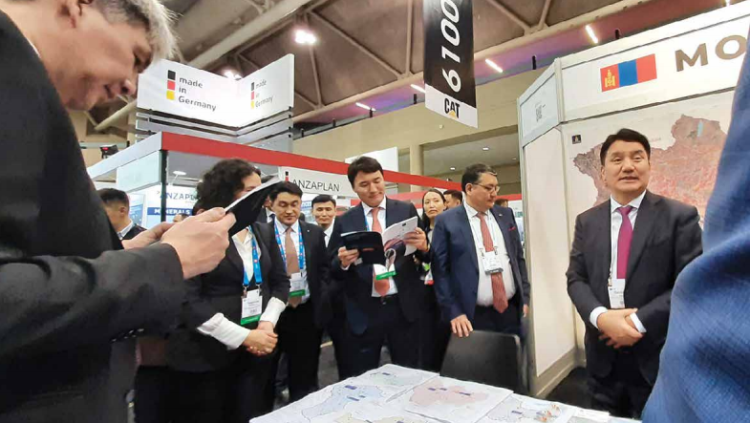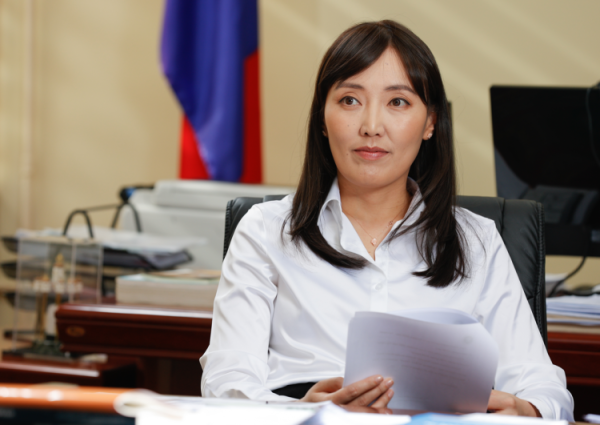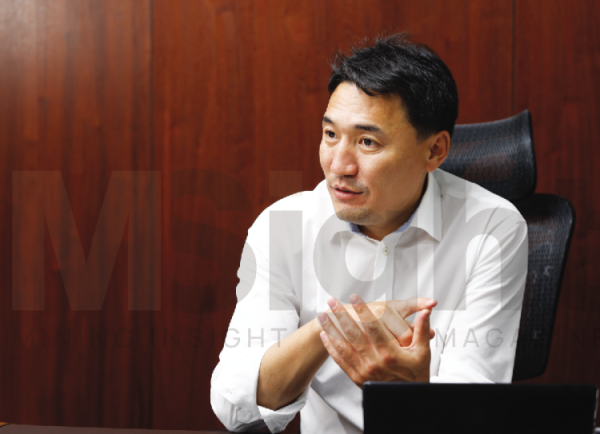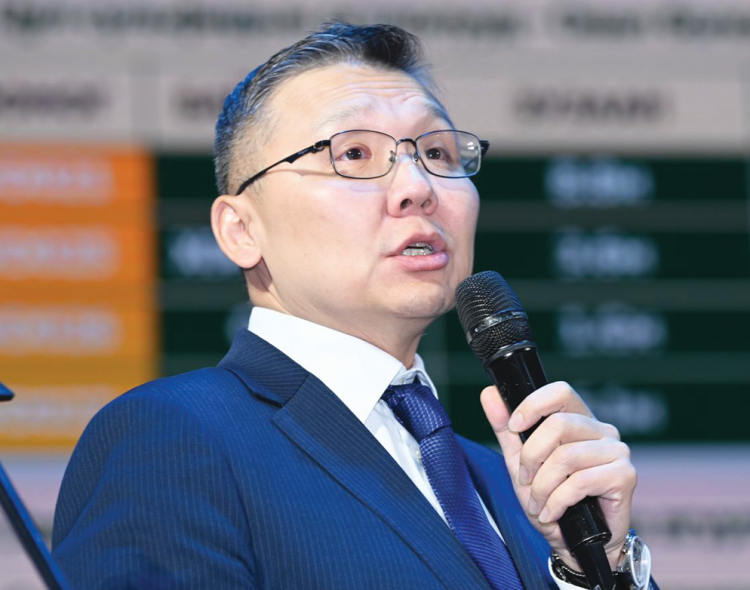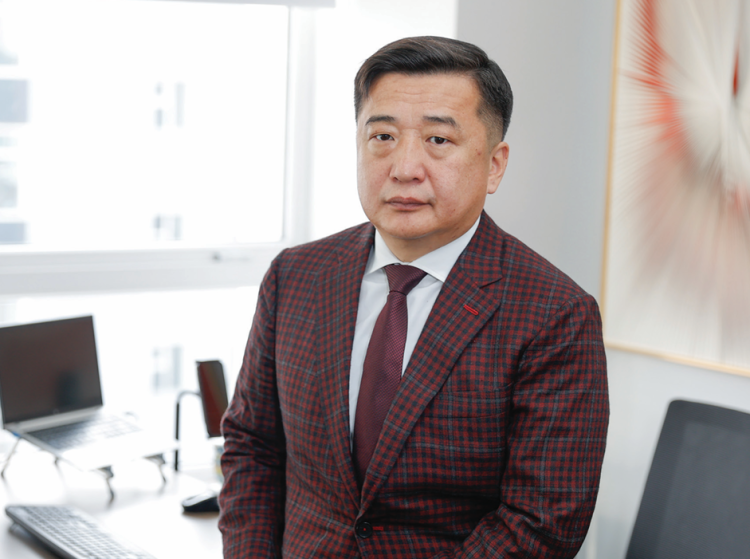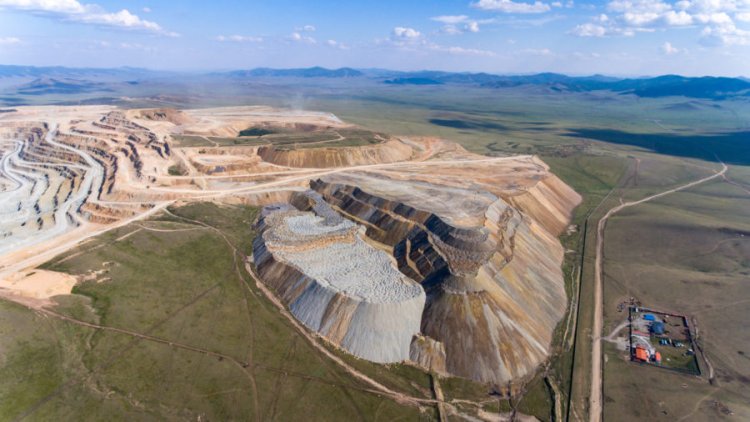bold@mininginsight.mn
Mongolia made its debut appearance at the PDAC conference in the late 1990s, with representatives from the country's largest mining enterprise, "Erdenet Mining Corporation", and the newly established Ministry of Minerals in attendance. Over the years, Mongolia's participation in the PDAC conference has increased significantly. Ministers in charge have become regular attendees, and numerous companies from Mongolia also attend the conference in Toronto. This year's participation from Mongolia was no less than in previous years, with both the Ministry of Mining and Heavy Industry and the Mongolian National Mining Association actively taking part in the conference. However, the outcomes were not as anticipated. The "Mongolia@PDAC" or "Mongolian Day" event, which typically takes place during the annual PDAC conference, was jointly organized by the Mongolian National Mining Association and the Ministry of Mining and Heavy Industry. This year's "Mongolia Day" featured more innovative and up-to-date presentations and projects compared to previous years, attracting new investors and companies interested in Mongolia.

What is noteworthy is the difference between the information and messages presented at the PDAC 2022 conference, which took place just nine months ago. Apart from gold projects, Mongolian companies showcased their exploration projects for lithium, nickel, cobalt, and graphite at this year's PDAC. These minerals were among the main topics of discussion at the conference, particularly concerning exploration, investment, and demand. More than 100 foreign investors and representatives of companies registered to participate in the "Mongolia@PDAC" event, with nearly half of them attending. This was a significant increase compared to previous years. However, the topics of this year's "Mongolia@PDAC" event focused on addressing investors' challenges, highlighting Mongolia's geological potential, introducing new exploration projects, showcasing the outcomes of successful projects, and presenting initiatives for responsible and sustainable mining development. All of this information was delivered within the limited timeframe of just four hours. Nevertheless, the guests left "Mongolia@PDAC" satisfied, without any disappointment. Numerous individuals who have worked and invested in Mongolia attended "Mongolia@PDAC". They openly expressed their concerns that Mongolia's legal environment is unstable and not very conducive to investors. These criticisms must be acknowledged and addressed if Mongolia aims to attract investors to the PDAC conference. The presentation delivered by J.Ganbaatar, the Minister of Mining and Heavy Industry, can be considered a response to the critical attitudes of some investors. During his presentation, he highlighted the most significant challenges that investors face in the mining sector and introduced the solutions that the government is implementing to address them, which attracted the attention of the attendees. One of the significant problems was the lack of issuance of exploration licenses for many years, which has been resolved by issuing them through a selection process, including an online application system that allows investors from all over the world to apply for exploration licenses in Mongolia. Furthermore, the government is currently revising the Law on Minerals, and the draft includes a provision for granting exploration licenses through an application process.
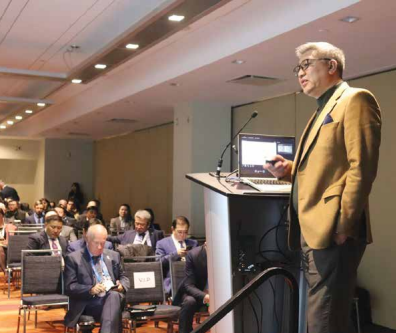
Another problem that has been addressed is the ambiguity surrounding the amount of tax charged for the transfer of licenses. The transfer tax will be calculated based on the transaction price, and if the price is deemed to be low, it will be calculated based on the auction price. These two issues have been significant challenges for exploration companies and investors, and it is surprising for foreigners that Mongolia faces such problems, considering that in most countries with mining, exploration licenses can be obtained freely, exploration can be conducted, and resources can be sold regardless of whether they are found or not. An exploration license is essentially a license to spend money, with no guarantee of making a profit. In such a situation, it is clear that no rational investor would be willing to invest in a country that makes it difficult to obtain exploration licenses. The fact that the majority of the existing exploration licenses, numbering less than 1,000, is owned by national companies with no foreign investors further highlights this issue. It is therefore imperative that this situation be rectified before any meaningful progress can be made in terms of attracting foreign investors. The second point addressed by the Minister is the reduction of royalties, which is favorable to investors. For instance, when the copper price is at USD 8,500, the royalty is 19% or USD 1,615. The Minister emphasized that this will be reduced to 8.7%. This reduction in the high royalty of copper will enable the recovery of the operations of readily available deposits. Furthermore, the development of a favorable tax environment for newly discovered and explored deposits will create an opportunity to develop them into a mine. Reducing the royalty is the only solution to the bottleneck in many projects. Lastly, the government is working to change the negative attitude of local people towards mining. For example, the representative offices of the MRPAM are being opened regionally. Also, they are solving the problem of allocating royalty to the province and soum and spending it on development. The above-mentioned main problems are the problems that have almost become the mouth-reading of the mining industry and investors. It is inappropriate to invite people to invest, explore, and work in Mongolia without solving the problem.
That's why the minister's first message was welcomed by the industry. the Ministry of Mining and Heavy Industry is opening regional representative offices for MRPAM to better address local concerns. Additionally, they are working on allocating royalty to provinces and soums and spending it on local development projects. These are some of the key issues that have been repeatedly raised by industry experts and investors. Without addressing these problems, it is not reasonable to expect foreign investment in Mongolia's mining industry. Therefore, the minister's efforts to address these issues have been positively received by the industry The Minister of Mining and Heavy Industry highlighted the potential of Mongolia's geological resources for investment opportunities in the future. In last year's "Mongolia Day," Minister G.Yondon emphasized the importance of critical minerals and presented a plan to promote the exploration and development of these resources. This was a significant step towards attracting investors to explore Mongolia's geological potential, particularly for critical minerals. Additionally, the location of significant deposits of rare earth elements in our country's northern regions adds to the appeal of investing in Mongolia's mining industry. During the PDAC convention discussions, countries and companies actively discussed and presented geological potential and critical mineral projects. Mongolia also actively participated in this trend and organized "Mongolia Day" in the last two years to introduce its geological potential and attract investors. However, it is important to note that merely discussing potential is not enough to succeed. There are many countries with similar geological potentials in the world. Moreover, compared to gold and copper, the reserves of most critical minerals such as lithium, cobalt, nickel, and graphite are largely undiscovered and untapped, emphasizing the importance of exploration and development.
Many countries such as Canada, Australia, Sweden, and Norway are actively discussing the potential of critical minerals. Mongolia should not lag behind them. The participation of the Mongolian National Mining Association in "Mongolia Day" along with companies involved in critical mineral exploration demonstrates that Mongolia's potential is not just an abstract concept. However, it is essential to note that mere discussion of potential is not sufficient. Many other countries have similar potential. Furthermore, while gold and copper reserves are well-explored, the majority of critical minerals such as lithium, cobalt, nickel, and graphite are relatively unexplored, and the focus on potential alone will not bring significant progress. Exploration of critical minerals is a relatively new area in Mongolia and while there is limited experience in this field, some Mongolian companies are making progress in their projects. One such company is "Asian Battery Minerals", which has been established in Australia and has started exploring lithium, nickel, and graphite in Mongolia. Z.Gan-Ochir, the CEO of the company, highlighted that even though it is a new and small company, it has received technical support from BHP Group and the initial results of their exploration have been positive. Additionally, the national company "Tsogsh" has been conducting exploration activities for nickel and cobalt in Uvs province since 2016. The CEO of the company D.Enkh-Erdene recently shared the findings of the exploration work. This included drilling two 125-meter test holes, which yielded positive results for nickel, copper, and platinum.
Based on the positive results obtained so far, there is a strong likelihood that the exploration work will be successful. As a result, there are plans to expand the drilling efforts up to 3000 meters this year. D.Enkh-Erdene has expressed willingness to collaborate with interested investors, as the exploration process requires substantial investment. Furthermore, Ion Energy, which is the first lithium exploration company in Mongolia, presented its exploration process and promising results. Despite being in the early stages, these three exploration projects have shown potential. However, they need support from government policies to achieve better results. The companies are not asking for money from the government, but they require a stable operational environment. Their goal is to increase taxes and fees and continue their operations. If these exploration projects succeed in discovering mineral deposits and establishing reserves, Mongolia's exploration sector will be reinvigorated, and the national policy of strong competition in the critical minerals field will be realized. “Mongolia Day” includes the introduction of successful projects in Mongolia, but unfortunately, there have not been many successful projects implemented in the past decade. However, there are a few notable projects such as “Oyu Tolgoi”, “Erdene Resource Development”, “Xanadu Mines”, and “Khan Altai”. Jack Von Tonder, director of the underground mining project at Oyu Tolgoi, announced that the underground mining project is ready to start, which is a significant milestone for the project that has been the face of Mongolia's mining industry for the past decade. Additionally, Erdene Resources Development and Xanadu Mines, after years of gold and copper exploration, have discovered deposits and made significant investments. They presented their plans to start construction in cooperation with large investment companies. Khan Altai Resources plans to start production this year in two stages, processing 3 million tonnes of ore annually in the first phase and adding capacity to process up to 10 million tonnes in the next phase. The gold and copper industry is highly soughtafter by investors, and Mongolia has several large gold reserves ready for production. The progress made by companies like Khan Altai has positively impacted Mongolia's reputation. At “Mongolia Day”, social and environmental projects in the mining sector were presented alongside exploration and mining projects. Aneel Waraich, Vice President of Steppe Gold, highlighted the government's “Gold-2” program as significant financial support for gold companies. Photinie Koutsavlis, Vice President of the Canadian Mining Association, spoke about sustainable mining and the benefits of a responsible mining code. B.Delgermaa, Project Coordinator of the D2D program implemented by IFC in Mongolia, shared project results and best practices. The PDAC conference this year focused on critical minerals and the gold industry, with many companies exhibiting projects in these areas. On “Mongolia Day”, companies presented their gold, lithium, and nickel projects to investors. While Mongolia may have participated more modestly than some South American countries, it is still making strides in these industries. Over 20 Mongolian companies, at various stages of development, participated in the PDAC 2023 conference. They aim to attract investment and technology to Mongolia by forming partnerships with Western companies. Some smaller companies made progress towards securing multi-million dollar investments. Additionally, consulting and supplier firms also participated in the conference.
We express our gratitude to the sponsors and mining companies who facilitated Mongolia's active participation in the PDAC conference in Toronto. Thanks to the efforts of companies like “Oyutolgoi”, “Khan Altai Resources”, “Erdene Resources”, “Steppe Gold”, “Erdenet Mining Corporation”, “Erdenes Oyu Tolgoi”, “Suuri Tur”, the Ministry of Mining and Heavy Industry, and the Mongolian National Mining Association, Mongolia set up a separate pavilion for the first time and showcased information to investors. In a time when foreign investment is declining in Mongolia's mining sector, it is crucial to compete with other countries to attract investors. As a country with a challenging history of attracting foreign investment, Mongolia has to compete with other countries in the mining industry, such as Canada, Australia, South America, Africa, Europe, and Arabic countries. Despite the difficulties, Mongolian mining industry participants are making significant efforts to highlight the country's advantages and favorable environment, as they cannot afford to sit idle.



